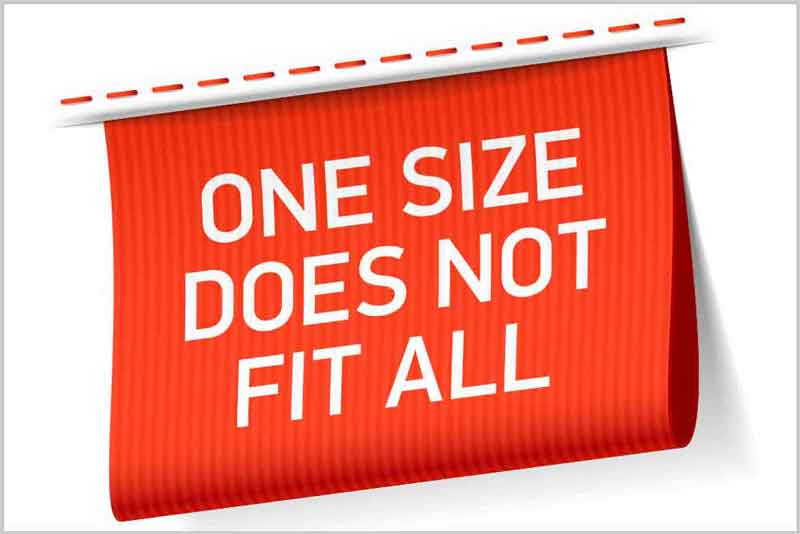When it Comes to Sales Training, One Size Does Not Fit All
Pop “sales training” into a Google search, and you’ll come up with hundreds of companies who are eager to sell you their methodology—a one-size-fits-all and time-tested method that’ll work for your business and turn your salespeople into selling machines.
The trouble is, how do you know that what they’ll teach will help your sales team be more effective?
You don’t. Far too many firms make the fundamental mistake of thinking that all selling is the same. Our research has found that the most successful companies tend to have organizations that are extremely complex and are comprised of a surprisingly large number of distinct sales roles. While many of those roles have a superficial similarity, the types of activities, behaviors, and skills that prove successful vary widely.
Consider the critical competencies.
To figure out what training is needed for your sales reps, first consider what specific skills and competencies are needed for their particular sales role. To illustrate this point, consider six different sales roles we commonly see paired with some of the competencies that tend to differentiate the top and bottom performers:
- New Business Development
This is the classic “hunter” role. Successful hunters can find opportunities, develop leads, penetrate prospects, problem solve, and close business. - Account Management
Also known as the classic “farmer,” the Account Manager is responsible for retaining and growing existing accounts. They need stellar skills focused on systematically managing an account plan. These individuals also need to be highly effective at educating customers and working internal systems on their customer’s behalf. - Consultative Sales
This is someone who sells complex solutions or systems to inexperienced buyers. This role calls for effective lead generation, qualification of profitable prospects, and tailored presentations skills coupled with the ability to adapt to multiple buyers. - Outbound New Product Sales
These are people in roles that are focused on selling new products in a high volume, high velocity environment. They need skills such as maintaining product knowledge, delivering persuasive presentations, and responding to objections by reinforcing standard features or benefits. - Inbound Sales
This type of selling requires a service-oriented person who’s skilled at identifying the customer’s needs, solving problems, and making profitable recommendations. - Indirect Sales
Also known as Channel Managers, people in this role motivate and support channel partner sellers and distributors. These individuals need to be skilled in training, making joint sales calls, delivering presentations, demonstrating product knowledge, and maintaining repeat sales through the channel.
One size does NOT fit all.
Sales training needs to be tailored to very specific job skills. When we do this, sales people get access to the relevant competencies and skills that matter most to their particular sales role.
Once you know what the sales role is and what specific skills and competencies are needed for that role, we recommend inventorying who on your team already has which skills. Why would you spend the time and money training people on activities they already excel at?
To achieve the greatest possible ROI on your sales training dollars, plan your training and coaching resources and strategy carefully. This will not only improve developmental ramp-up time but improve sales productivity and effectiveness.
For more on hiring, motivating, and developing top sellers, check out our blogs on Triple Fit and Aligning Your Sales Roles with Buyer Needs. Be sure to subscribe to our blog to ensure you don’t miss others in the series.



